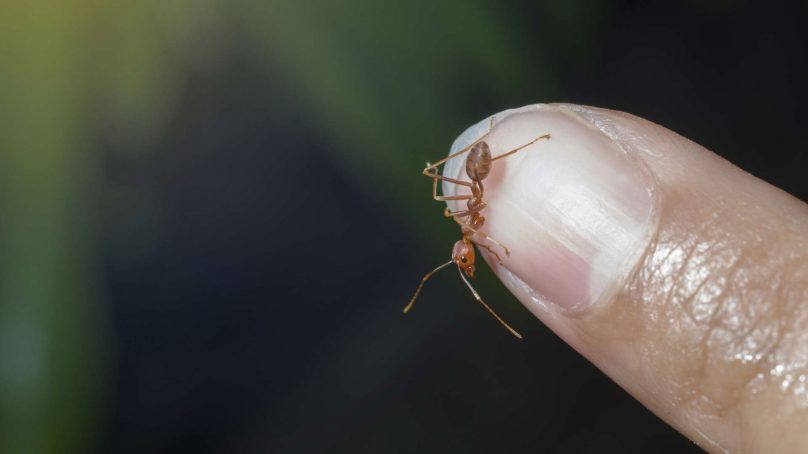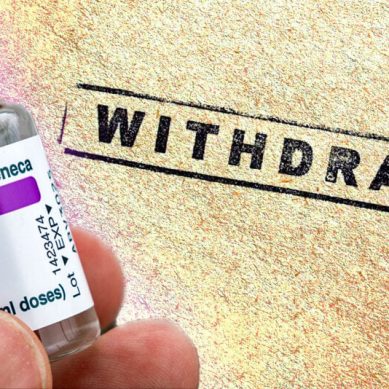
A new tool for cancer detection could be crawling around in your backyard. The discovery this year by French researchers that ordinary ants have the capacity to detect the onset of cancer before it spreads to monstrous levels in the body could bring down the punitive cost of screening and managing cancer substantially.
In a study, published recently in the Proceedings of the Royal Society B: Biological Sciences journal, a team of French researchers at the University of Sorbonne Paris North have demonstrated that ants have the potential to act as early stage cancer detectors.
The success may translate into a huge relief to patients in developing countries who cannot afford the astronomical cost of timely cancer screening for early intervention and possible treatment.
In Kenya, as is the case in most African countries, cancer screening charges average $30, way above what most households that survive on just $2 per day can afford.
Cancer is a leading cause of mortality worldwide, accounting for approximately one in six deaths, as calculated by the World Health Organization (WHO). The sooner a tumour is detected, the better the outcome for the patients. However, most early detection tools today are either invasive or expensive.
In the past, dogs, mice and nematodes have also been shown to sniff out cancers. But ants would provide a particularly attractive alternative as they are relatively easy to keep, they don’t require expensive rearing facilities, and it appears that they can be trained to recognize specific odours in relatively few trials.
“We knew that ants can be easily trained,” Baptiste Piqueret, who led the study, says. “Furthermore, they have a refined sense of smell. We then combined these two abilities and tested whether ants were able to detect the smell of cancer or not.”
Newsweek magazine reports that tumour cells produce specific chemical compounds that allow them to be distinguished from healthy tissues. These are known as cancer biomarkers. Animals can be trained to sniff out these chemicals and thus identify when a patient has cancer, the magazine reports.
The report says further that in the present study, worker ants of the species Formica fusca – commonly known as the silky ant – were trained to recognise biomarkers of an extremely aggressive human breast cancer. The urine of mice carrying these tumours was collected and presented to the trained ants, alongside urine from tumour-free mice.
The researchers found that the cancerous tumours release distinctive versions of chemicals called volatile organic compounds that often occur in body fluids such as sweat and urine and in breath vapour.
Piqueret, an ethologist at the Sorbonne Paris North University and lead author of the study, already knew that ants could detect volatile organic compounds that spread from cancer cells. Piqueret and his team began by transplanting human breast cancer tumours into mice and letting them grow. A technique called xenotransplantation.
They then collected urine from both tumour-laden and healthy mice. By placing a drop of sugar water in front of the urine of cancerous animals, the researchers trained the ants to associate the smell of tumours with a reward. When the team removed the sugar water, the insects lingered around the pee of the cancerous mice for about 20 per cent longer than the healthy mice because they were looking for a ‘treat’.
Three colonies were involved in trying to learn the association of the smell of tumours with a reward.
“Chemical analysis confirmed that the presence of the tumour changed the odour of the urine supporting the behavioural results. Ants reliably detect tumour signals in mouse urine and have the potential to act as efficient and even cheap cancer biorecorders.”
After just three rounds of training, where the ants learnt to associate the smell of cancer biomarkers with a sugary treat, they spent approximately 20 per cent more time in the vicinity of the urine from the tumour-bearing mice than the urine from those who were tumour-free.
This study specifically looked at the ants’ ability to sniff out breast cancer biomarkers, but they have previously been shown to respond to the biomarkers of ovarian cancer and are able to distinguish between different cancer types. “There is no reason to think that ants can detect only breast tumours, not other types,” Piqueret said.
There are of course some confounding factors that could alter the smell of urine between individuals. “The diet, sex and age of a patient can impact the odour of the urine,” Piqueret said. “In this first study using ants and urine, we controlled these parameters with mice.”
Moving forward, the team will need to test whether these other factors affect the ants’ ability to detect tumours. “It is possible that, for ants, the smell of cancer is more important than the age, the sex and the diet of the patient, so in that case, we could directly use the same method without controlling these factors in humans,” Piqueret said.
If these factors more significantly impact the ants’ cancer detecting abilities, the insects would need to be trained on different age groups, sexes and diets so that they learn to focus only on the common point, the presence of cancer biomarkers, and not on these other confounding factors
“Only further experiments will give us definitive answers,” Piqueret said.
- A Tell report











